THROUGH the open door of a low-lit tenement apartment on the Lower East Side, I see two small girls huddling as close to the stove as they dare, their darting eyes on Mam – Bridget – who paces the floorboards, limp infant in arms.
If that straw Catholic cross pinned up on the doorframe is there to protect the home from danger, I’m thinking, now would be a good time.
In truth, Bridget Moore and her children are not actually here at all, it’s just that the recreation of their home here at New York City’s Tenement Museum is so painstakingly truthful that it feels like a space where past and present collide – the family who lived in this very building in 1869 still pulsating all around.
An experienced guide – known here as an ‘educator’ – walks me through, shining a light on the lives lived and the rich histories seeping out of everyday domestic items.
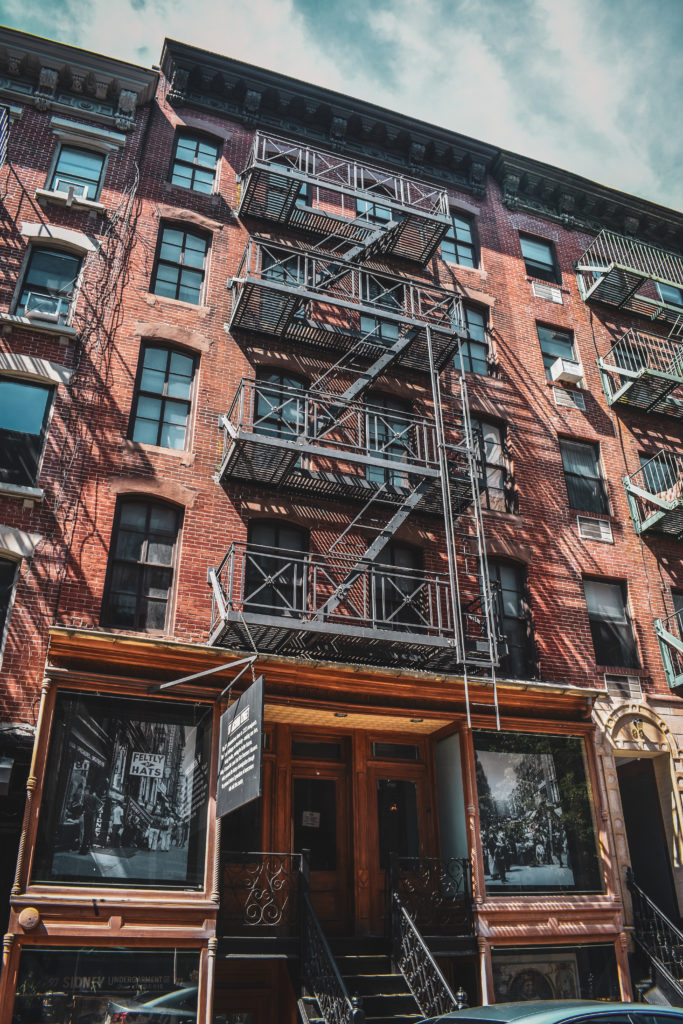 The Tenement Museum in New York
The Tenement Museum in New YorkHomes of hope
Touching the banister – a metaphor of sorts for the moving up and betterment sought by immigrants starting new lives in 19th century America – I can’t help but picture Bridget doing the same on the 1869 day she moved to 97 Orchard Street. One of an estimated 7,000 people who lived in this building between 1863 and 1935, her family’s story is one of seven expertly brought to life by the Tenement Museum, each an individual tour covering a different group of immigrant settlers and eras.
Child of the Famine
The bedrock of so many Irish families’ histories, Bridget’s backstory is an all-too-familiar one: 1863; child of the Famine flees devastation wreaked by potato blight; bravely crosses the Atlantic alone and only 17; and embarks on a new life – carrying little more than a bag on her back and an ache of severance in her heart.
Perhaps it’s wrong to make historical assumptions but it’s comforting to think that Bridget might have been in a better place by the time she arrived here on Orchard Street some six years later – now with a husband Joseph and three children.
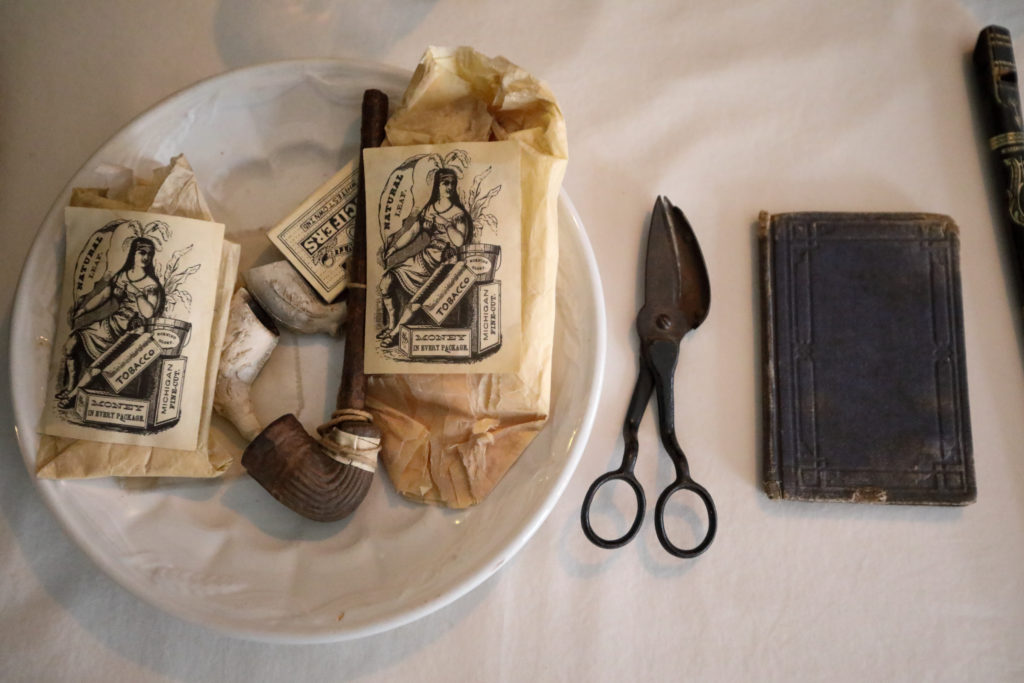 Aretfacts in the Moore family's parlour
Aretfacts in the Moore family's parlourBringing the inanimate to life
Based not only on historical studies but also extensive archaeological evidence, researchers at the Tenement Museum, I’m learning, have got a pretty good grip on what possessions Bridget might have held dear in her three-roomed home.
There are the bare bones of what she would have needed for family life, from the garments it feels like she’s just hung up to dry, to the mismatched blue and white Transferware a woman of limited means might have strived to collect.
There are artefacts pointing to the likelihood the Moores wore their Irish identity as a badge of honour, from the map of Ireland and portrait of Daniel O’Connell to the Irish-American broadsheet connecting them to a homeland they may never see again.
And then there’s the most poignant detail of all, an empty sleigh cradle, heavy with the weight of loss; Bridget and Joseph’s infant daughter tragically passed away during their time here at number 97.
Hardship histories
Never scripted and always responsive to what piques my curiosity, the educator is also keen to provide a rich seam of context nudging me to put myself in Bridget’s shoes and consider what it might have been like for her to walk out onto the city streets of 1860s New York.
It’s hard to say of course if Bridget’s predominantly German neighbours were hospitable or hostile but it’s fair to say that the appallingly unjust ways in which Irish people were portrayed in illustrated newspapers can’t have helped with any story of Irish integration.
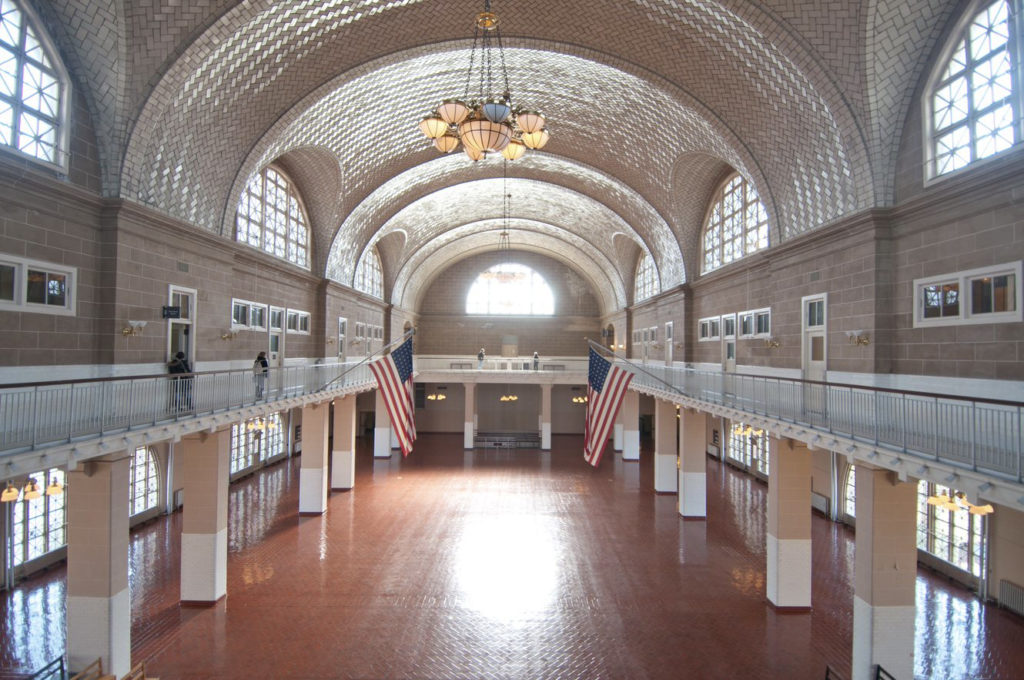 The Great Hall at Ellis Island where millions of immgrants from Europe arrived (Pic: Courtesy of Statue of Liberty-Ellis Island Foundation)
The Great Hall at Ellis Island where millions of immgrants from Europe arrived (Pic: Courtesy of Statue of Liberty-Ellis Island Foundation)A fruitful call of nature
The story of how the Tenement Museum came into being is no less compelling.
Back in the late 1980s friends and historians Ruth Abram and Anita Jacobson found themselves together at one of life’s crossroads on the lookout for the perfect passion project that would open New Yorkers’ hearts to their immigrant heritage.
So perhaps it was fate that in looking for the bathroom one day at a property they were visiting, their curiosity was aroused by a boarded-up stairway.
Discovering that the building had been deemed unfit for habitation half a century earlier, what lay behind was an untouched time capsule with decades of domestic life detected in everything from unending layers of wallpaper, to beads and prayer cards beneath the floorboards.
The rest as they say is social history, a project born there and then to forensically lift the lid on the residents who’d slipped through the cracks.
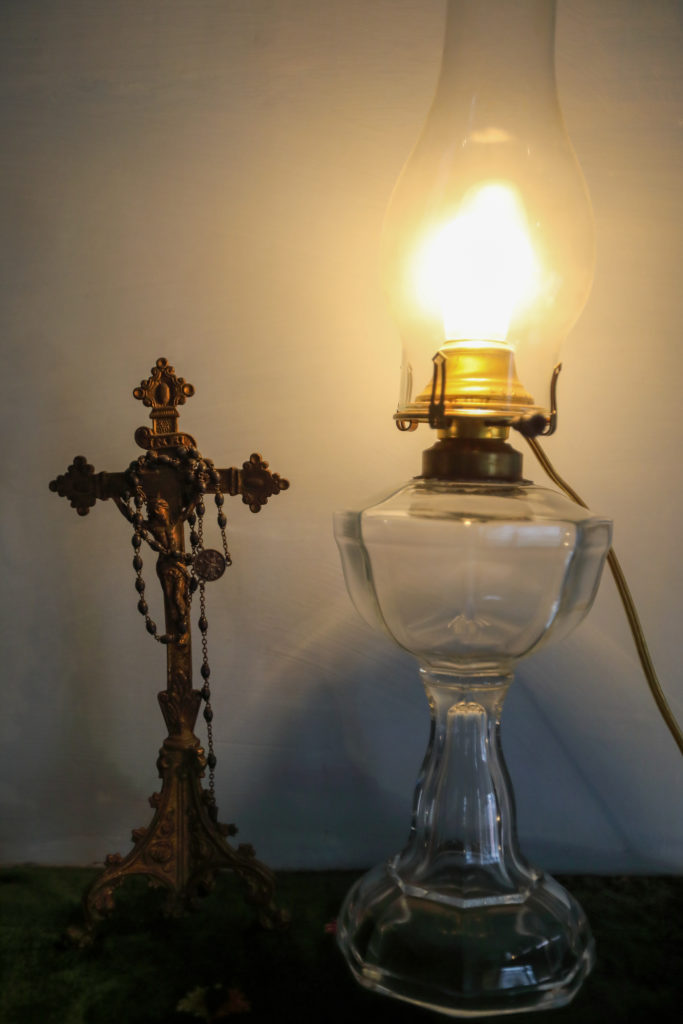 The Moores' family parlour
The Moores' family parlourThe human experience
Other apartment tours across the Tenement Museum’s two buildings are just as illuminating and include: the home of Italian-Americans the Baldizzis who lived here during the Great Depression; Jewish-Americans the Epsteins emerging from the Holocaust their families’ sole survivors; and the newest kid on the block… the first black New Yorkers to have their story told at the museum – a family also called the Moores who lived in Manhattan in the 1860s-70s.
Telling many stories of what it means to be uprooted, what seems vital to the Tenement Museum is not just the idea of offering visitors a portal to time travel, nor is it to hand its visitors sepia-tinted spectacles.
It also invites people into a place where they can contemplate the hope of human experience, sparking compassion and conversation.
Back on the sidewalk and looking up at the bricks, I leave thinking that whoever we are, wherever we are from, and however different our stories may seem, people are essentially all the same.
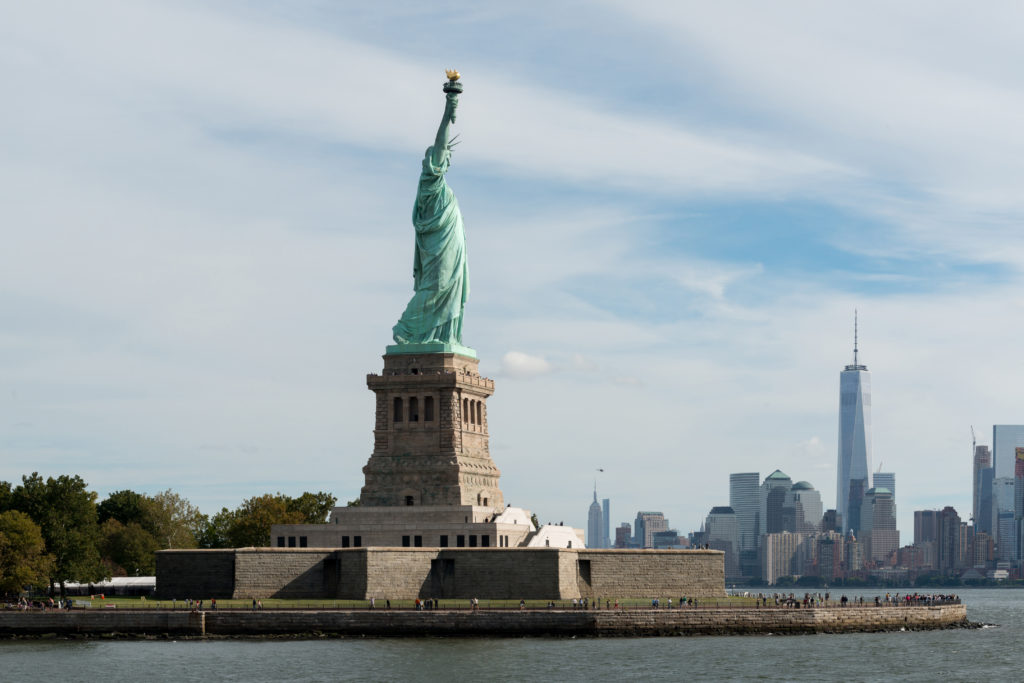 The Statue of Liberty at Libery Island, NYC
The Statue of Liberty at Libery Island, NYCTake a deeper dive
Passing the Statue of Liberty as you go, take a boat trip to Ellis Island to stand in the Great Hall where immigrants awaited endless processing to assess their eligibility to remain.
Overlooking the Hudson River and veiled in emerald-green grass, the Irish Hunger Memorial thought-provokingly immortalises the famine that devastated Ireland between 1845 and 1852.
Look skyward at St Patrick’s, one of the US’s largest cathedrals, place of worship for generations of Irish-Americans.
Uncovering the hidden migration histories of city streets, the Tenement Museum also offers guided walking tours of the Lower East Side.
Not in NYC but in Ireland, visit EPIC in Dublin. Like a counter story to Ellis Island and the Tenement Museum, visitors explore the pre-passage narrative of Irish emigrants.
Further information
The Tenement Museum’s ‘After the Famine’ tour costs 30$ per person and lasts around 60-75 minutes. Book in advance at tenement.org.
For further information on the city click here.

